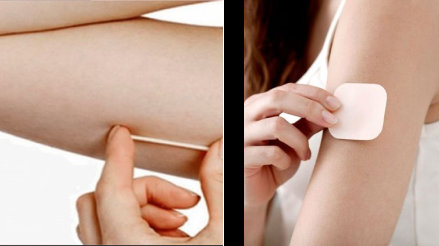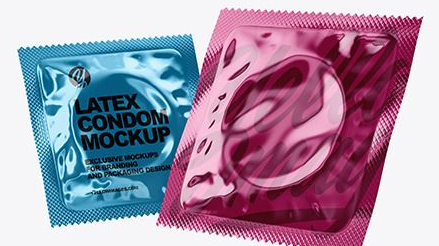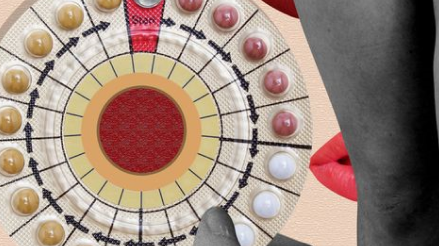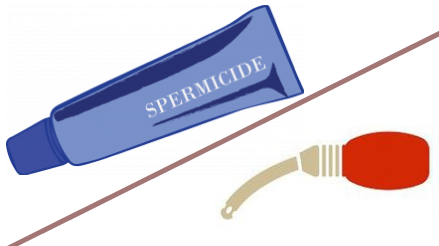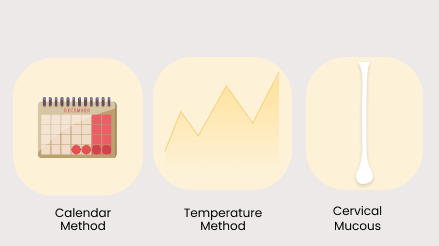You may also like…
Types of commonly used IUCDS
IUDs do not cause a delay in fertility or increase the risk of infertility upon removal.
Copper-carrying devices:
Examples
- Copper-T 200
- Copper 7
- Multiload Copper 250
- Multiload 375
- Copper T 380
- Copper T 220
- Nova T
- Copper-Carrying Devices
What is a copper-carrying device?
It is a copper wire with a surface area of 200/220/250/375/380 mm is wrapped round a vertical stem of a polypropylene frame.
Which devices are included in copper-carrying IUCDs?
- Copper-T 200
- Copper 7
- Multiload Copper 250
- Multiload 375
- Copper-T 380 (ex ParaGard has a lifespan of 10 years)
- Copper-T 220
- Nova T (has added silver and; lifespan of 5 years)
The copper devices are more expensive than inert devices but are reported to have a better contraceptive efficacy, with fewer side effects such as heavy menstrual flow. They have an effective life of about 3-5 years or more depending on amount of copper in a device.
Hormone-releasing IUCDs:
Examples
- Progestasert
- Mirena
is an IUCD that carries a reservoir of progesterone(around 38 mg) and releases 65 mcg of the hormone per day.
How does it work?
The hormone released in the uterus forms a thick plug of mucus at the cervical os (opening or passageway in the cervix, which is the lower part of the uterus that connects to the vagina) which prevents penetration by the sperms and thus exerts an added contraceptive effect.
Advantages
- 40% less menorrhagia (abnormally heavy or prolonged menstrual bleeding) and dysmenorrhoea (painful menstrual cramps) compared to Copper T
Disadvantages
- Expensive
- Requires yearly replacement
is an IUCD that has a reservoir of LNG progestogen (containing around 52mg) and 20 mcg is released daily.
How does it work?
It does not suppress ovulation (release of egg) or lactation (breastfeeding), and its effect is mainly on the endometrium and cervical mucus. Release of hormone (LNG progestogen) starts within 15 minutes of insertion, and the peak level reaches in a few hours. The hormone does not get absorbed into the systemic circulation, therefore side effects related to systemic adminstration are not seen.
Advantages
- One-time insertion
- Effective for 5 years
- Good compliance rates
- Reduced menorhhagia (abnormally heavy or prolonged menstrual bleeding) and dysmenorrhoea ( painful menstrual cramps experienced by women during their menstrual periods)
Disadvantages
- Failure rate is very low (0.5 per 100 woman-years)
- Teratogenic (interfering with developments of fetus, causing birth defects) if pregnancy occurs with Mirena in place
- Incidence of ectopic pregnancy 0.02%
Advantages
- Independent to timing of sexual intercourse
- Not male partner dependent
- Cost effective: one-time insertion gives protection for a long period
- Highly effective as a contraceptive (recent IUCDs are as effective as oral contraceptives)
- No evidence that supports reduced fertility after its removal (about 75% conceive within 6 months of removal and 90% within on year)
- No systemic ill effects perceived
Disadvantages
- Trained medical/paramedical personnel is required to insert the device
- Complications such as menstrual irregularities, dysmenorrhoea (painful menstrual cramps), pelvic pain may make a woman remove it
Immediate
- Difficulty in insertion
- Vasovagal attack
- Uterine cramps
Early
- Expulsion (2%-5%)
- Perforation (1%-2%)
- Spotting, menorrhagia (2%-10%)
- Dysmenorrhoea (2%-10%)
- Vaginal infection
- Actinomycosis
Late
- Pelvic Inflammatory Disease (2%-5%). IUCD does not prevent transmission of HIV
- Pregnancy (1-3 per 100 women-years (failure rate)
- Ectopic Pregnancy
- Perforation through uterine wall
- Menorrhagia (abnormally heavy or prolonged menstrual bleeding)
- Dysmenorrhea (painful menstrual cramps)



